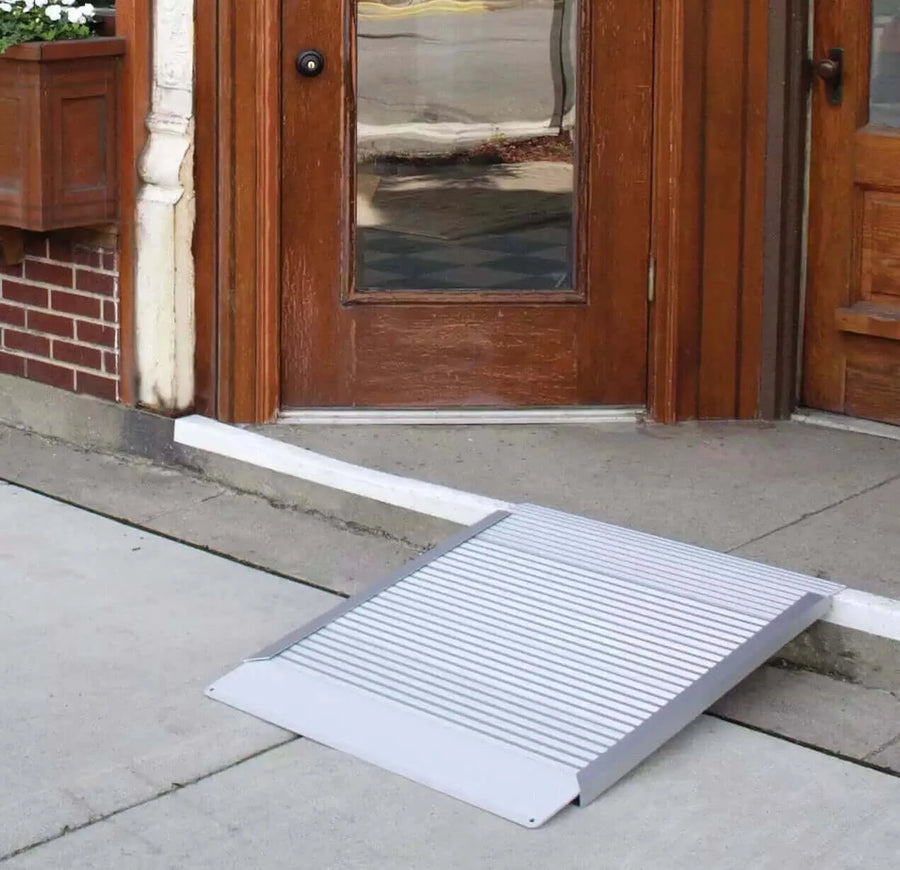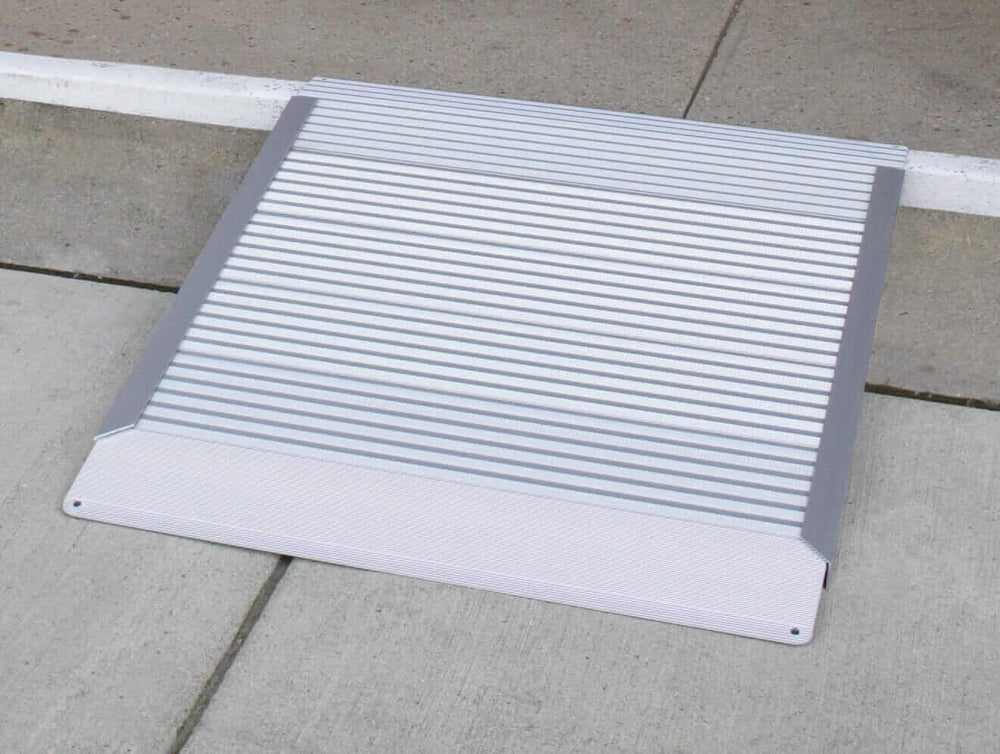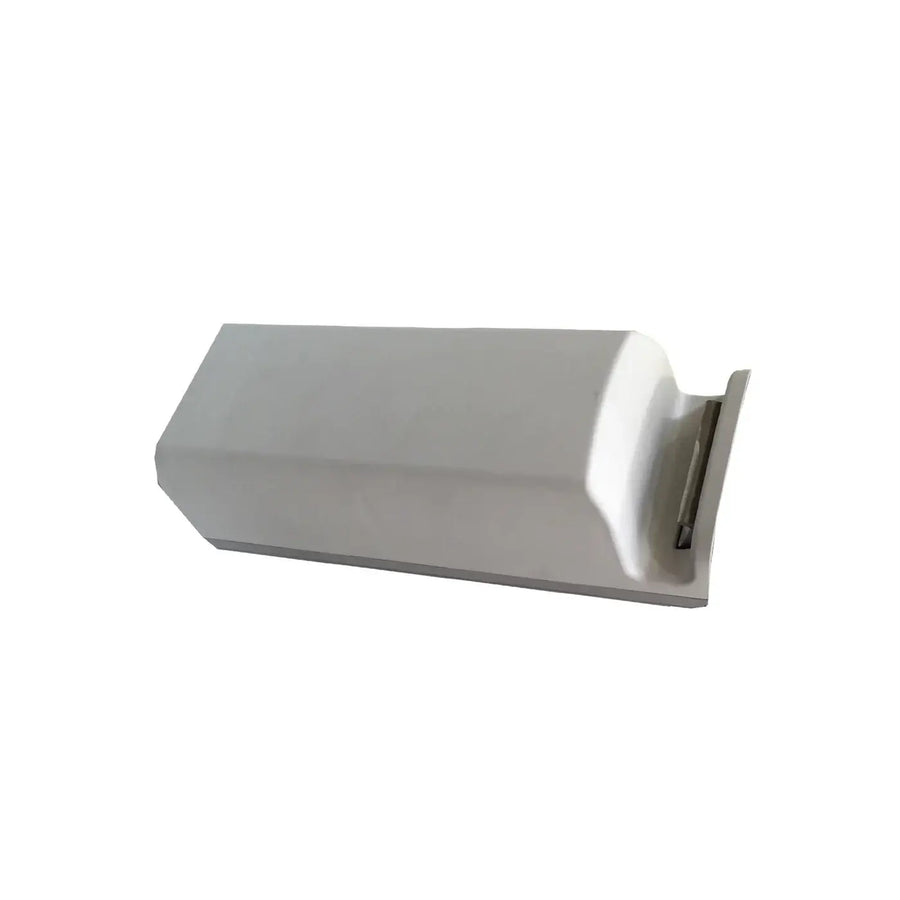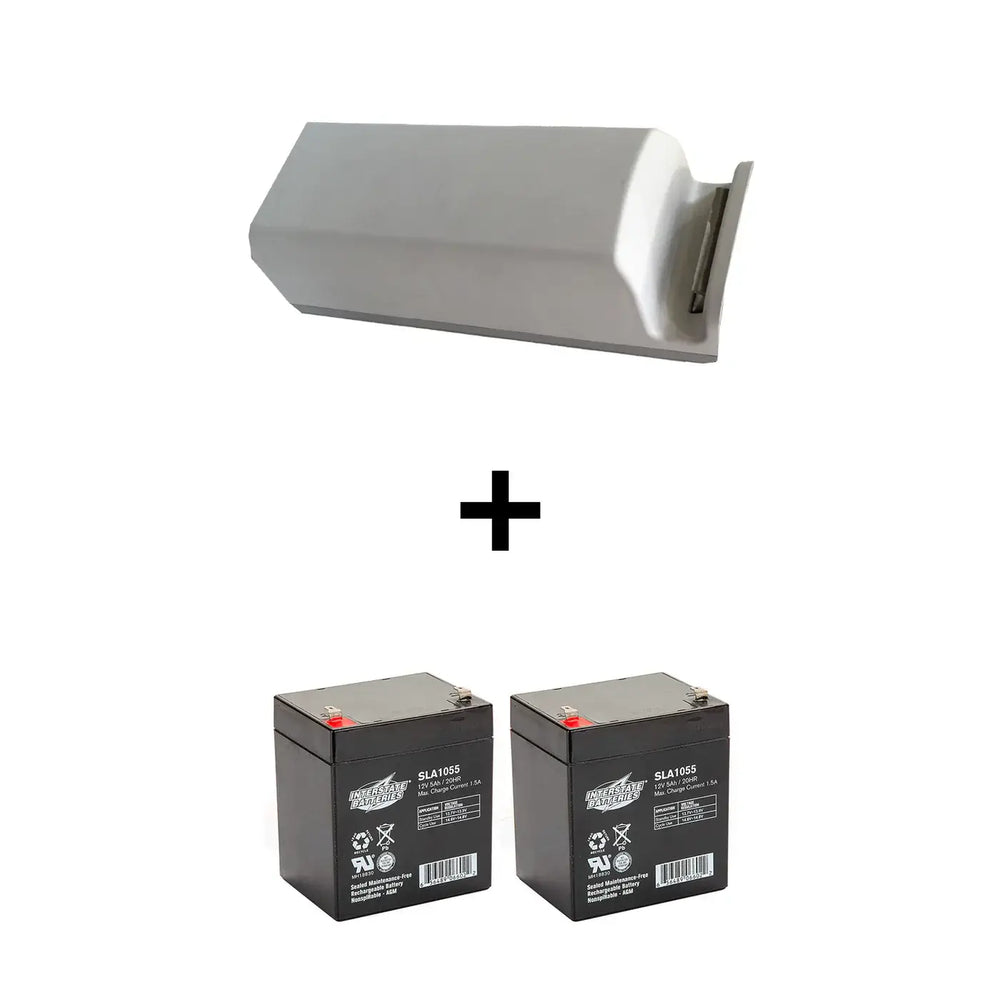Which Safety Precaution Must Always Be Taken When Using a Hoyer Lift? Hoyer Lift Sling Safety Matters
Using a hoyer lift can make daily care easier and safer. At Accessible Care, we understand how important it is to follow the right steps during every transfer, whether at home, in a hospital, or in a care facility. One key safety rule must always be followed: use the correct sling and make sure it’s properly attached before lifting.

This one step can make a big difference in comfort, safety, and the overall success of the patient transfer. In this guide, we’ll walk you through everything you need to know about hoyer lift sling safety, from sling types and materials to proper use and caregiver tips.
Understanding Hoyer Sling Types for Each Lift
There are many sling choices available, each designed for different types of transfers. A full body sling supports a person from shoulders to knees and is often used when the person can’t sit up or hold their head.
For patients with some upper body control, a u-shaped or u-sling allows for easier transfers, especially from a chair or bed. A divided leg sling supports each leg separately and is often used for toileting, as it provides better access around the lower body.
A sit-to-stand lift requires a different sling entirely. These are for people who can support part of their weight, usually under the arms and around the lower back.
Then there’s the full-body lift sling, sometimes referred to as a full-body sling. These slings work well for people who need total support and are unable to assist during the transfer.
Size and Fit: Why It Matters
One of the most common safety issues comes from using the wrong sling size. If the sling is too small, it may feel tight or uncomfortable and could strain the patient’s legs, arms, or back. If it’s too big, the person may slip or shift during the lift.
Each sling is made for specific weight and height ranges. Many options support standard sizes, but extra-large sizes are also available, especially for bariatric patients. Some slings can handle up to 600lb, but it’s important to check the weight capacity before each use.
A well-fitted patient lift sling supports the person evenly across the back, legs, and sometimes the head. It reduces movement during the lift and keeps the patient stable from start to finish.
Sling Material: Mesh, Solid, Nylon, or Polyester?
Slings are made from different fabrics to suit various care needs. A mesh sling is breathable and quick-drying, which makes it useful for bathing or toileting. If hygiene is a priority, slings made of mesh or other breathable fabrics work well.
Solid fabric slings provide more structure and are often used for general patient transfers. They offer firm support and help keep the person in the correct position during a lift.
You’ll also find polyester and nylon materials. Polyester is known for durability and is easy to clean. Nylon is smooth, lightweight, and often used in disposable slings designed for multiple patients in healthcare settings.
Each material offers its own benefits, so the right choice depends on what the sling will be used for and how often.
Check Every Strap and Handle Before Use
Before starting any Hoyer lift, the sling’s straps and handles must be inspected. Even if the sling looks fine at first glance, small wear and tear, especially near seams or loops, can lead to sudden failures.
The strap connections should be firm, not frayed or twisted. Many slings have color-coded loops to help with even attachment. A loose or uneven strap can cause the patient to tilt or shift unexpectedly.
Also, check the handle loops if you’re using them to guide the patient’s movement. These are designed to give the caregiver more control during repositioning, especially when moving someone into or out of a chair or wheelchair.
Placement and Positioning: Key to a Safe Lift
Placing the sling correctly under the patient is one of the most important safety steps. A sling that’s not positioned evenly can cause discomfort or an unsafe transfer.
Start by rolling the patient to one side and sliding the full-body sling under their back. Then roll them to the other side to pull them through. Make sure the lower back, thighs, and, if needed, head support are all aligned properly.
The seat of the sling should be under the hips, and the leg supports should run under the thighs, not too close to the knees. If using a commode sling with a cutout, double-check that the opening lines up correctly for easy bathroom access.
Hygiene Transfers: Choose the Right Sling for the Job
For tasks like toileting or bathing, specialized slings with a commode opening are best. These allow for cleaning without needing to remove the sling during the lift. A mesh sling is often used in these situations because it dries quickly and keeps the skin cooler.
Some toileting slings are more open in design to allow for clothing removal. These slings should be used only for hygiene-related transfers and not for general lifting, since they don’t offer full support to the body.
Always make sure that the sling used for these tasks is properly attached and adjusted before the lift begins. Comfort and privacy also matter in these situations, so choosing the right sling ensures both safety and dignity.
Slings Must Match the Lift System
Every sling must be compatible with the lift system being used. The clips, hooks, or loop connections must match exactly. Using the wrong connection type, even if it seems to fit, can result in failure during the lift.
The sling must also be made for the type of lift. A stand assist sling will not work on a full-body Hoyer lift, and a full-body sling won’t be suitable for a sit-to-stand lift. Mixing sling types puts the patient at risk.
Caregiver Tips: Stay Safe During Every Transfer
For a smooth patient transfer, the caregiver should always prepare in advance. This means locking any wheels, clearing the area, and making sure the sling is secure. Rushing or skipping steps can cause injury to both the patient and the person doing the lifting.
If the patient feels unstable, stop the lift and check the straps again. During the lift, avoid jerky movements. Communicate clearly with the patient and help them feel safe and comfortable.
Keep It Clean, Dry, and Inspected
Whether the sling is used daily or just once in a while, it should always be checked before use. Slings that are disposable should not be reused. Reusable slings should be washed regularly and stored in a clean, dry place. Wet or dirty slings may affect skin condition or lead to infection.
For long-term care, tracking how often slings are cleaned and inspected helps keep patients safe. A worn patient sling may look okay, but could fail under pressure during a lift.
One Sling Doesn’t Fit All
There are many slings to choose from, but only one will be right for each task. A sling will allow safe transfers only when matched to the right lift type, size, material, and task.
Never assume one sling can do it all. Follow the instructions. Pay attention to sling selection, the patient’s mobility, and the type of lift system.
Safe Lifting Starts Here
At Reliable Ramps, we know that the right sling can make patient transfers safer and more comfortable. Whether you're a caregiver, family member, or healthcare worker, our team is here to support you. From full-body slings to toileting or head-support options, we’ll help you find the right size and fit for your lift.
Not sure where to start? Contact Reliable Ramps for expert advice, sizing support, and product recommendations that match your needs. Call us at 888‑307‑1839 or visit our contact page. We’re ready to help.






